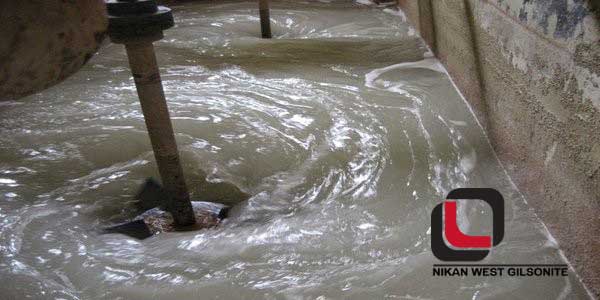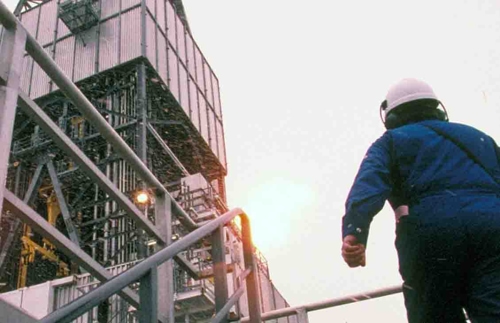Fluid depletion is one of the most common problems in drilling deep wells. In fact, fluid waste is not a problem by itself, but when it exceeds certain standards, it can cause a variety of problems. One of these problems is the reduction of well stability. The most effective factor in controlling well stability is fluid waste control.
In the not-so-distant past, all drilling fluids were water-based. In the sense that they were made in combining with water. These fluids easily penetrated the formation and reduced the stability of the well. This problem is due to the large particles in the water-based drilling fluids or drilling mud. In fact, these particles are so large that they cannot penetrate the small cavities of the formation. This causes the formation to lose its quality and strength as water penetrates.
It is in this context that nanotechnology comes to the rescue. Nanotechnology is able to produce nanoparticles. These nanometer particles create a variety of capabilities when used in drilling mud, but the main ability to fill the nanometer pores in the formation is with the help of these nanoparticles.
How do nanoparticles prevent fluid waste?
Nanoparticles have two basic ways to prevent fluid waste. In the first method, this is done by adding nanoparticles to the drilling mud. In this case, the drilling mud forms a low-permeability cake that covers the well wall. The result of these conditions is to prevent the well from being contaminated by drilling mud.

Another way to prevent nanoparticles from fluid waste is to fill the pores and cracks created in the well wall. Nanoparticles are the smallest elements in the fluid; they are able to cover all the large and small pores in the well wall and create impermeable layers. This feature prevents drilling fluid from penetrating the well wall.
Read more: Purpose of drilling fluids
Size and other characteristics of nanoparticles
Various studies have been conducted on the selection of suitable nanoparticles for fluid waste control in wells. These studies have proven certain facts. First of all, it seems that the most suitable size for nanoparticles is about one-third the size of the smallest possible pores in the well wall. This number has also been announced in various studies about 20 nanometers.
Accordingly, the two nanoparticles NM20 and NM5 are among the most widely used nanoparticles in drilling fluids. However, it should be noted that the size is not the only determining factor in this regard; and the concentration and use of these nanoparticles is also effective in reducing fluid waste.
Other product that nanotechnology provides
Nano composite gel is another product that nanotechnology provides us. This material has properties that can increase the stability of the well by controlling fluid waste. This gel has a very high elasticity and therefore remains stable in salt marshes in wells. In the drilling industry, deep wells transfer the nanocomposite gel to the pores inside the formation by means of a pump with high pressure, thereby making the formation impervious to drilling mud.

These are just a few of the nanoparticles that are effective in controlling wells. Various types of insoluble nanometer polymers and thermoset nanocomposite particles are other types of nanoparticles used in these industries, all of which implemented to fill all small pores in the structure and increase their resistance to the penetration of drilling fluids.


